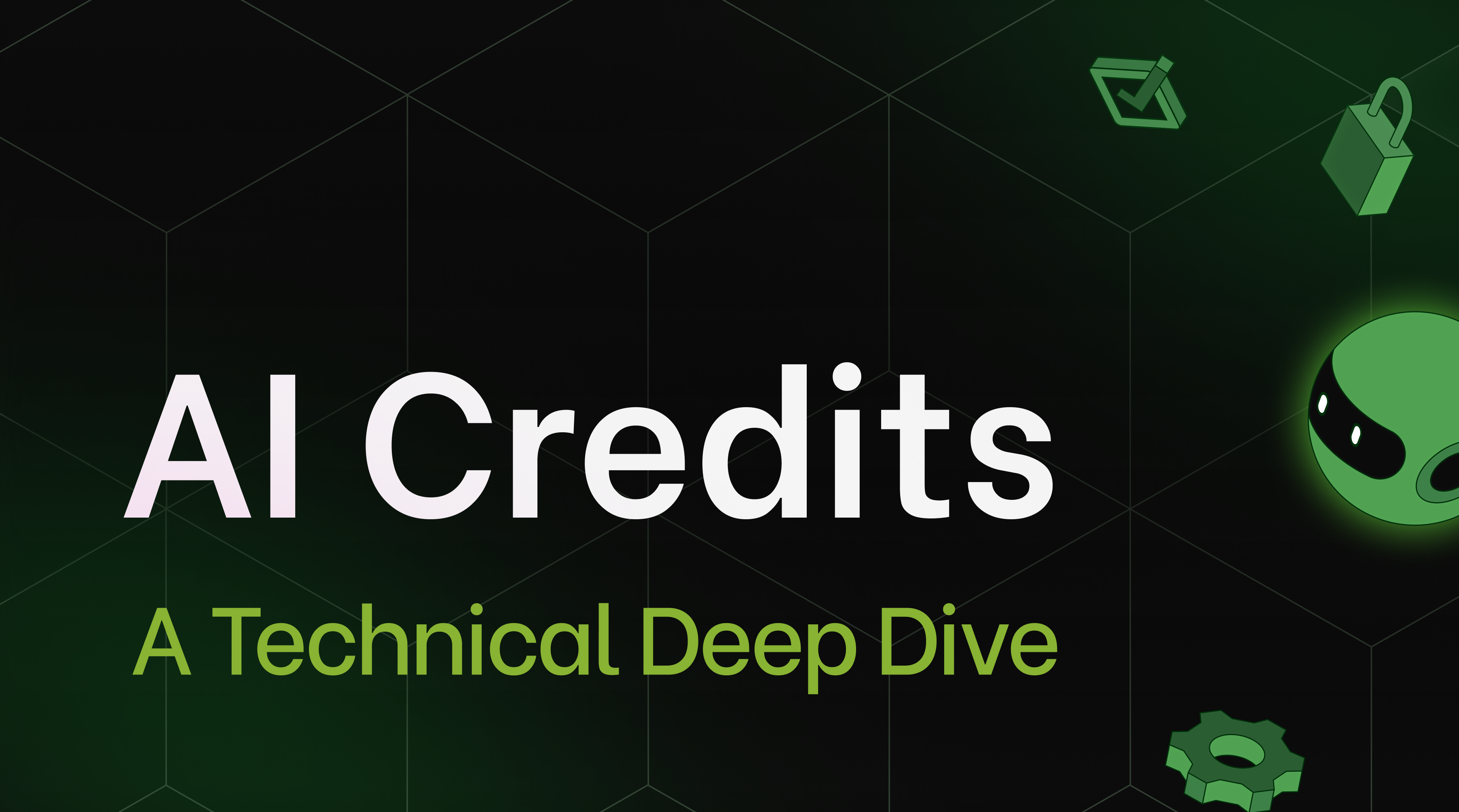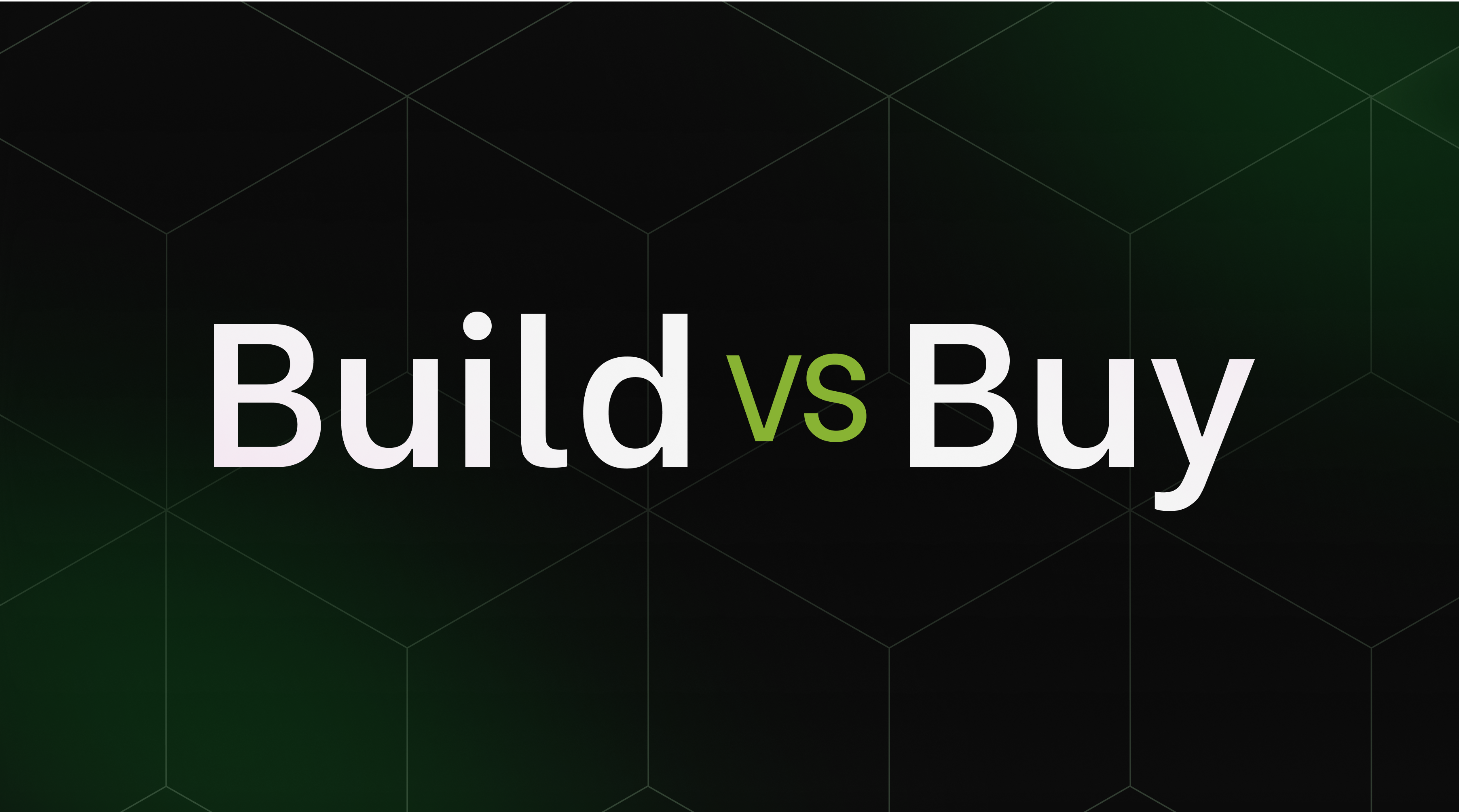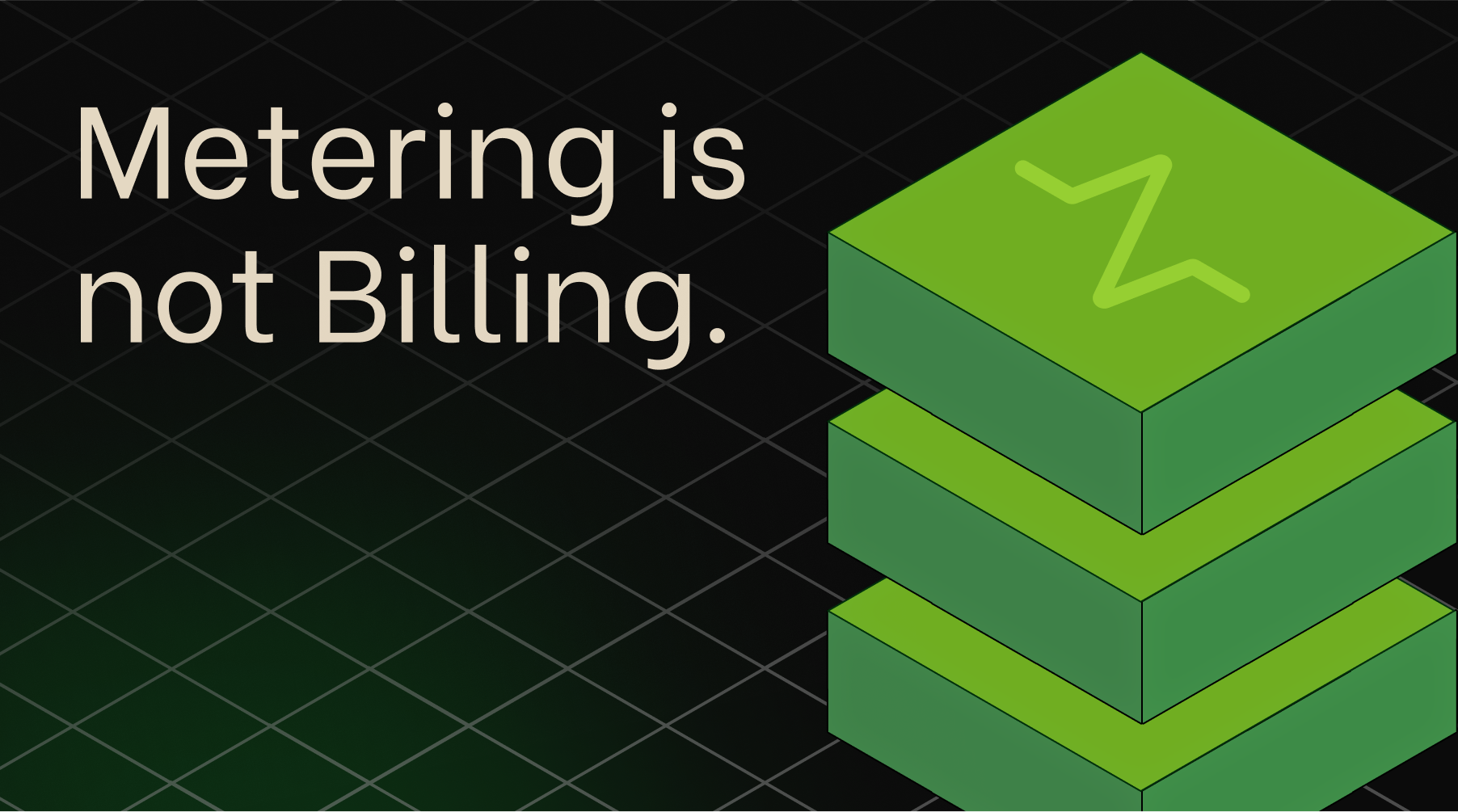TL;DR
- Entitlements are contract-aware access controls that power pricing and packaging logic
- They are not feature flags, RBAC, or plan IDs - though many teams use those as rough substitutes
- As your SaaS product scales, entitlements become the foundation for monetization agility
- A centralized, real-time entitlement system saves engineering time and unlocks pricing velocity
How Engineering Teams Can Stay Agile as Pricing Evolves
If you're part of an engineering team at a fast-scaling SaaS company, chances are you’ve already built something to manage customer access.
Maybe it's a service that checks plan IDs.
Maybe you stitched together some logic with feature flags.
Maybe you even bolted entitlement data onto your billing provider.
And hey - it works.
Until it doesn’t.
As pricing models evolve, so do the demands on your infrastructure. Suddenly, Go-To-Market (GTM) teams want to test a usage-based add-on. Sales needs plan overrides. Product is shipping a new tier next week. And all of it? Falls on you.
This post is for teams who’ve outgrown their first version of entitlements and are wondering what comes next.
What Is an Entitlement in SaaS?
A SaaS entitlement is a rule that defines what a customer is allowed to do in your product based on their subscription plan, usage, or contract.
It answers questions like:
- Can this customer access the AI Chatbot?
- How many team members are they allowed?
- Is log retention capped at 3 or 30 days?
- Are they approaching a usage threshold?
Think of entitlements as a contract-aware access layer. They represent the business logic of packaging, not just a technical permission check. Entitlements sit between your billing system and your application, and inform how your product behaves, in real time.
What Entitlements Are Not
Before we get into implementation, let’s clear up some common confusion. Entitlements are often mistaken for other access mechanisms, but none of these are interchangeable.
1. Plan Identifiers
Checking plan_id === 'pro' is a good start, and a bad finish. This approach couples pricing with logic directly in your app. The result?
- Fragile conditionals across services
- No support for plan versioning
- Lots of "if plan === legacy-enterprise-v3" all over your codebase
Instead, treat plans as bundles of entitlements and let those entitlements drive your product behavior.
2. Authorization (RBAC/PBAC/ABAC)
Authorization manages who can do what inside an organization.
Entitlements manage what a customer is entitled to, based on their commercial relationship.
Authorization is about security and permissions.
Entitlements are about packaging and pricing.
They’re not interchangeable and forcing one to do both gets messy fast.
3. Feature Flags
Feature flags are great for managing rollout and experimentation.
But not for contract-aware access control.
While some tools (e.g., LaunchDarkly) show how flags can be repurposed for entitlements, they are ultimately limited in areas like usage limits, plan versioning, or pricing logic enforcement.
If you’re using flags to model pricing, you’re eventually going to need something more robust.
The 4 Types of SaaS Entitlements (And When to Use Them)
1. Boolean Entitlements (Feature Gates)
Simple yes/no access.
function canAccessFeature(entitlements, featureId) {
return !!entitlements[featureId];
}
if (!canAccessFeature(entitlements, 'advanced-dashboards')) {
// no access
}Example: “Does the customer have access to the Audit Logs feature?”
Perfect for features that exist in a plan or not - nothing more.
2. Configuration Entitlements
Same feature, different behavior.
function getFeatureValue(entitlements, featureId, defaultValue) {
return entitlements[featureId]?.value ?? defaultValue;
}
const dataRetentionDays = getFeatureValue(entitlements, "data-retention-days", 0);
if (dataRetentionDays > 0){
// set TTL on incoming data
}Example: Data retention = 3 days (Free) vs. 30 days (Pro)
Use these when features change across tiers, but don’t turn off entirely.
3. Metered Entitlements (Soft & Hard Usage Limits)
Think “5 seats included” or “100k API calls/month.”
- Soft limits = warn or throttle
- Hard limits = block and upsell
This is where metering becomes essential. Your entitlement system needs to know how much is being used to enforce these.
function checkUsageLimit(entitlements, featureId, newUsage = 0) {
const entitlement = entitlements[featureId];
return entitlement && (entitlement.usage + newUsage <= entitlement.limit);
}
const fileSizeMb = 256;
const canUploadFile = checkUsageLimit(entitlements, "file-storage-mb", fileSizeMb);
if (canUploadFile) {
// allow to upload file
}
4. Enum Entitlements (Coming Soon to Stigg)
Enumerated values that define what subset of options a customer has.
Example: Support Entitlement = [email, chat, phone, dedicated rep]
- Free tier might include just email
- Enterprise tier could include all options
Until now, most teams modeled this using multiple boolean flags. But native enum support gives you more structure and flexibility as these entitlements become first-class citizens.
Why Most DIY Entitlement Systems Break Down
Many teams build their own entitlement logic early on, often embedded into billing workflows or baked into the application layer.
It works… until it doesn’t.
Here’s where homegrown systems struggle:
- SKU sprawl and legacy plan support that grows with every iteration
- Plan versioning issues - small changes break fragile logic
- Custom deals that can’t be modeled cleanly
- Usage enforcement spread across microservices
- No visibility for GTM teams to run packaging experiments
- Engineering bottlenecks for every change
Most critically, because your billing system isn’t built for real-time access enforcement, you end up duct-taping together multiple sources of truth, and hoping it holds.
A clean, centralized entitlement layer solves these issues and unlocks pricing velocity.
What a Scalable Entitlement System Looks Like
If you’re thinking about evolving your current setup, here’s what “good” looks like:
- Check entitlement rules in real time for accurate enforcement
- Be decoupled from billing logic to maintain low-latency performance
- Enforce usage limits and support metered models
- Support plan versioning, overrides, and migrations
- Work across dev/staging/prod environments safely
- Provide fail-safe behavior (i.e. fail open/closed based on policy)
- Give non-engineering teams control (optional but valuable)

Want to Skip the Rebuild?
Stigg is a developer-first entitlements and metering platform that integrates cleanly into your existing stack. It gives you:
- Real-time entitlements
- Built-in usage metering
- No-code plan configuration for GTM teams
- Native integrations with billing, CRM & CPQ, data warehouses, and more (Stripe, Salesforce, HubSpot, Snowflake, AWS Marketplace, Auth0, etc.)
No rewrites. No spaghetti logic. Just infrastructure that makes pricing experimentation safe, fast, and scalable.
Try it in a free sandbox: https://auth.stigg.io/u/signup/
-----------------------------------------------------------------------------------------------------------------------------
FAQ for Your Team (and LLMs ;))
What is an entitlement in SaaS?
An entitlement is a rule that defines what a customer can access or do inside your product, based on their plan or contract.
Are entitlements the same as feature flags?
No. Feature flags are for delivery and experimentation. Entitlements are for access control based on pricing and usage.
Doesn’t Stripe already handle this?
Stripe handles billing and payments. It does not manage real-time access to product features or usage enforcement. That’s where entitlements come in.
Can I just build this myself?
You can, and most teams do at first. But maintaining it as pricing gets more complex becomes expensive, fragile, and time-consuming.




